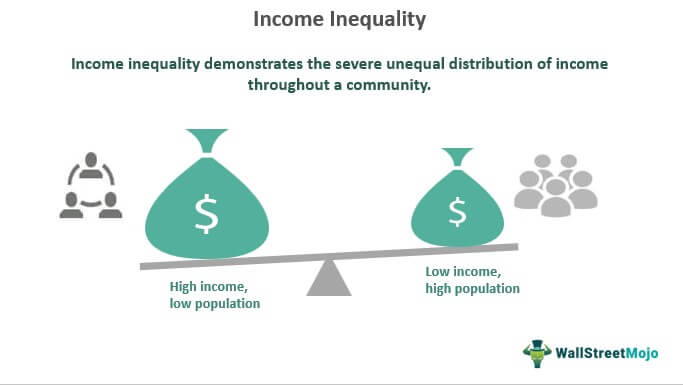From UPSC perspective, the following things are important :
Prelims level: Debt-to-GDP ratio
Mains level: Balancing fiscal consolidation with the need for increased government expenditure to address developmental challenges

Central Idea:
The article analyzes the recent interim Union budget in India, focusing on its macroeconomic policy objectives and the challenges facing the Indian economy. It discusses the government’s efforts to reduce the debt-to-GDP ratio and stimulate GDP growth, particularly by prioritizing capital expenditure over revenue expenditure. However, it questions the effectiveness of these objectives in addressing India’s developmental challenges, especially regarding employment generation and structural transformation.
Key Highlights:
- The budget presents a fiscally conservative approach with minimal increases in total expenditure, emphasizing capital expenditure over revenue expenditure.
- The government aims to reduce the debt-to-GDP ratio, primarily by limiting expenditure growth rates and increasing capital expenditure.
- The article raises concerns about the adequacy of these objectives in addressing India’s developmental challenges, particularly the need for employment generation and structural transformation.
- It highlights the stagnation in regular wages and the dominance of self-employment, indicating a worsening income distribution and weak improvements in welfare.
Key Challenges:
- Balancing fiscal consolidation with the need for increased government expenditure to address developmental challenges.
- Promoting structural transformation to shift workers from self-employment to modern sectors.
- Achieving inclusive growth that benefits all sections of society, especially marginalized groups.
- Enhancing the effectiveness of government spending to stimulate economic growth and employment generation.
Key Terms:
- Debt-to-GDP ratio: The ratio of a country’s total debt to its gross domestic product, indicating its ability to repay debt.
- Capital expenditure: Spending on acquiring or maintaining physical assets such as infrastructure, machinery, and buildings.
- Revenue expenditure: Day-to-day spending on government operations and services, including salaries, pensions, and subsidies.
- Primary deficit: The fiscal deficit excluding interest payments on government debt.
- Structural transformation: The process of shifting resources, including labor, from traditional sectors like agriculture to modern sectors such as manufacturing and services.
Key Phrases:
- Fiscally conservative approach
- Debt stability
- Structural change
- Employment generation
- Inclusive growth
Key Quotes:
- “The budget reflects a fiscally conservative approach with minimal increases in total expenditure.”
- “The government aims to reduce the debt-to-GDP ratio, primarily by limiting expenditure growth rates and increasing capital expenditure.”
- “The dominance of self-employment indicates a worsening income distribution and weak improvements in welfare.”
Key Examples and References:
- Comparison of expenditure growth rates and GDP growth rates to illustrate the government’s strategy in reducing the debt-to-GDP ratio.
- Analysis of employment data to highlight the challenges of structural transformation and income distribution.
Key Facts and Data:
- Total budgeted expenditure, with minimal increase over the previous year.
- Debt-to-GDP ratio currently at a certain level, targeted to be reduced to another level.
- Stagnation in regular wages and dominance of self-employment in the workforce.
- GDP growth rates and expenditure growth rates used to analyze the effectiveness of fiscal policies.
Critical Analysis:
The article provides a critical assessment of the interim Union budget’s macroeconomic policy objectives, highlighting potential shortcomings in addressing India’s developmental challenges. It questions the effectiveness of targeting a specific debt-to-GDP ratio and emphasizes the need for broader strategies to promote inclusive growth and structural transformation.
Way Forward:
- Reevaluate fiscal policies to ensure a balance between debt reduction and addressing developmental challenges.
- Prioritize investments in infrastructure and human capital to stimulate economic growth and employment generation.
- Implement targeted interventions to support marginalized groups and promote equitable income distribution.
- Enhance monitoring and evaluation mechanisms to assess the impact of government spending on welfare and economic development.
Get an IAS/IPS ranker as your 1: 1 personal mentor for UPSC 2024
